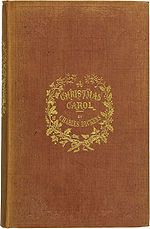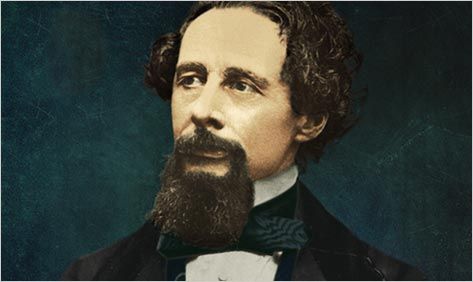I'm Meghan Townley, a cast member of A Christmas Carol. In this show, I'm playing a townsperson, as well as Emily. In this blog, I'm going to be giving you a sneak peek at what goes on from my point of view during rehearsals.
This is the second time that I will be performing in A Christmas Carol at QCT. The first was in 2003 when I was in the 7th grade. It was my second show at the theatre, and I portrayed Belinda Cratchit.
This is the second time that I will be performing in A Christmas Carol at QCT. The first was in 2003 when I was in the 7th grade. It was my second show at the theatre, and I portrayed Belinda Cratchit.
Awww! (World's best family)
The cast has been rehearsing for four weeks. Some nights we spent singing with Elizabeth, our vocal director. Other nights we're learning right from left with Cheryl, our choreographer. We also spend time not only learning the blocking, but diving into what the words of this story mean with Brandon, our director. It'd be easy to just "act the part" but instead, Brandon helps us to see that each word in the script, down to the word "noel" has extreme importance. All of that being said, we're all leaving rehearsal at night tired, but growing in our part.
As of Monday the 24th, we open to the public in 10 days. (Eeeek!)
I promised you all a sneak peek, so here's what I have for you all.
 |
| Mark Schneider (Christmas Present) busting a move |
 |
| A pondering moment for Scrooge and the spirit while Dickens looks on |
 |
| The Cratchit family enjoying a meal together |
 |
| This is a good sign that we need to organize our massive amounts of props! |
 |
| I supposed this is how Wes Friday gets into character... |
 |
| Dr. H. Todd Evans doing what he does best |
 |
| A group of people that you don't want to meet in a dark alley |
TICKETS & MORE INFO: http://www.1qct.org/?portfolio=a-christmas-carol



